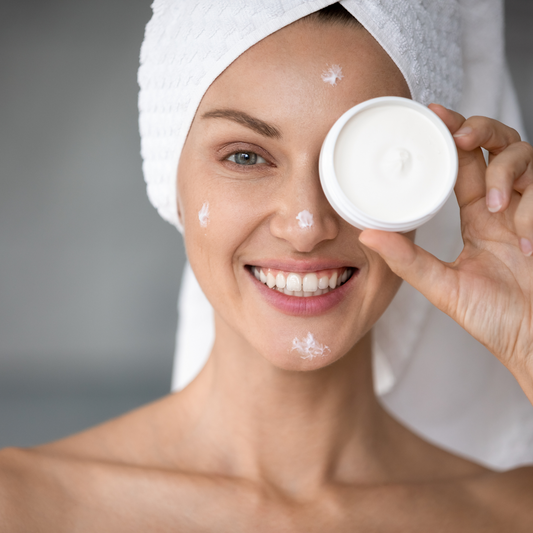
Keratoses, a term often heard in dermatologists' offices, refers to a range of skin conditions characterized by the growth of keratin on the skin. Keratin, a protein found in the skin, hair, and nails, can sometimes grow excessively, leading to various types of keratoses. Understanding these conditions, their causes, and treatment options is crucial for effective management and skin health.
What are Keratoses?
Keratoses are non-cancerous skin growths caused by the overproduction of keratin. They come in different forms, each with its unique characteristics and implications for skin health.
Types of Keratoses
-
Actinic Keratosis (AK): Often caused by long-term sun exposure, AKs appear as rough, scaly patches on the skin, particularly in areas frequently exposed to the sun, like the face, hands, and arms. They are considered precancerous and can potentially develop into squamous cell carcinoma if left untreated.
-
Seborrheic Keratosis (SK): These are common, benign growths that appear as waxy, raised spots. They vary in color from light tan to black and are often found on the chest, back, head, or neck. SKs are more common in older adults and are not related to sun exposure.
-
Keratosis Pilaris (KP): This type manifests as small, rough bumps, usually on the upper arms, thighs, cheeks, or buttocks. It's often described as having a sandpaper-like texture and is usually harmless.
Causes and Risk Factors
The exact causes of keratoses vary depending on the type. Actinic keratosis is primarily caused by cumulative sun exposure, making those with fair skin and a history of sunburns more at risk. Seborrheic keratosis is believed to be related to aging and genetics. Keratosis pilaris is often associated with dry skin conditions and may be related to genetic factors.
Treatment and Management
While some forms of keratoses require medical attention, others are more benign and can be managed with skincare routines.
-
Actinic Keratosis: Given their potential to develop into skin cancer, AKs should be examined and treated by a dermatologist. Treatments may include cryotherapy (freezing the lesions), topical medications, or photodynamic therapy.
-
Seborrheic Keratosis: Treatment is usually sought for cosmetic reasons or if the growths become irritated. Options include cryotherapy, laser therapy, or surgical removal.
-
Keratosis Pilaris: KP often improves with age and can be managed with moisturizers and topical exfoliants. Dermatologists sometimes prescribe topical retinoids to help clear the bumps.
Prevention and Skincare
Preventing keratoses, especially actinic keratosis, involves sun protection. Regular use of sunscreen, wearing protective clothing, and avoiding peak sun hours are crucial steps. For conditions like keratosis pilaris, regular moisturizing and gentle exfoliation can help.
Keratoses, though often harmless, can sometimes be a cause for concern. Understanding the different types, their causes, and treatment options empowers individuals to take proactive steps in managing their skin health. Regular dermatological check-ups are vital, especially for those with risk factors for actinic keratosis. Remember, healthy skin is not just about aesthetics; it's a vital part of our overall health and well-being. At Nonpareil Skincare, we have formulated products to help various skin conditions. Tell us about your concern and let us work to help get your skin beyond compare.





